Toshio Shibata pioneered a new era of creative photographic expressions in Japan with his esteemed Quintessence of Japan series (1992) and other works. Before flourishing as a leader in contemporary photography however, he went through a lengthy period of trial and error to arrive at his own original creative expressions. Having this background, Mr. Shibata talked about his impressions at the conclusion of the New Cosmos of Photography judging and provided some advice for young people aiming to become photographers.
First, a global trend I’ve noticed is that no matter what exhibition I go to, I unfortunately keep seeing the same sort of photographs over and over again. For example, one thing that happens a lot is I see a work that appears to be by Thomas Ruff or Andreas Gursky from the Becher school, but when I check the credits I find it’s by someone else. In other words, it seems several orthodox genres have been settled on and only works that obey the precepts of these genres are displayed. I sensed the same thing going on here in judging this contest too.
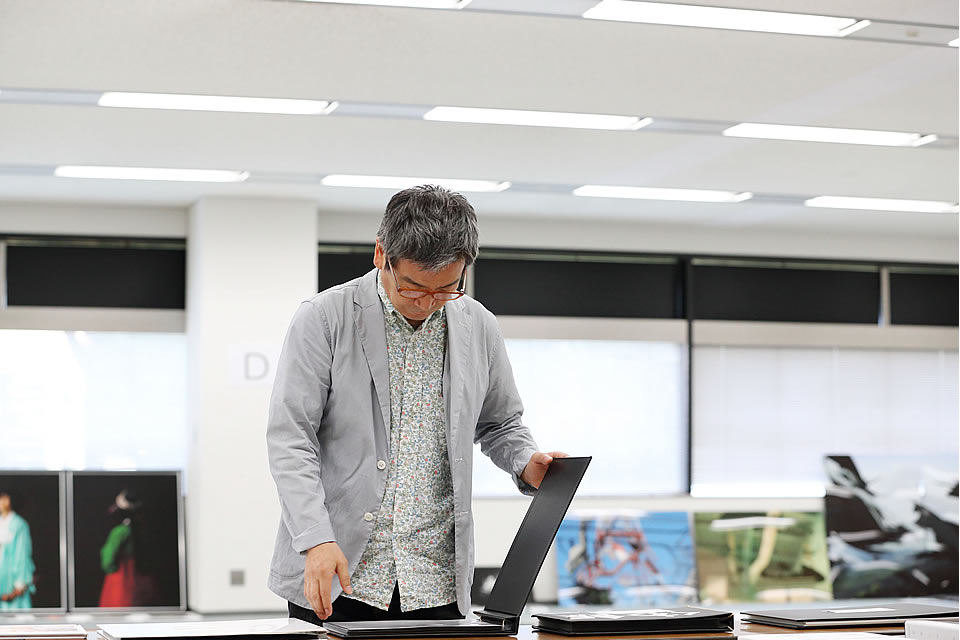
When photographers of my generation were young, we were struggling toward something that had not yet been turned into a profession. Because of that, there was a certain naiveté and purity in our perseverance. Today, there are loads of galleries and art museums, and more opportunities than ever for budding photographers. But as photography becomes more of a profession, paradoxically it is increasingly difficult to pursue creativity. On top of this, you have progress in technology, which tends to make every photo look amazing if taken with a good camera and displayed on a high-resolution monitor. The problem is people think that this is the end product. In the old days, just developing a single print was a huge task, but because of the difficulty, we developed an internal compass to guide us. With today’s abundance, it’s that much harder for young photographers to discover their own authentic viewpoints and expressions.
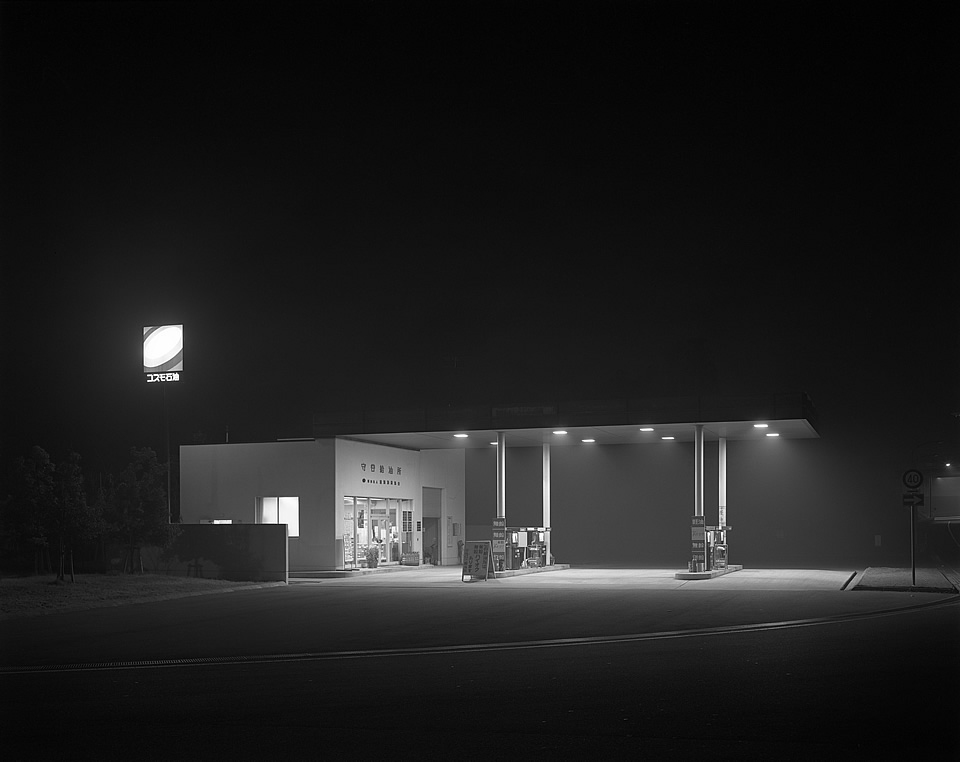
Moriya Service Area, Jyoban Expressway 1986 © TOSHIO SHIBATA
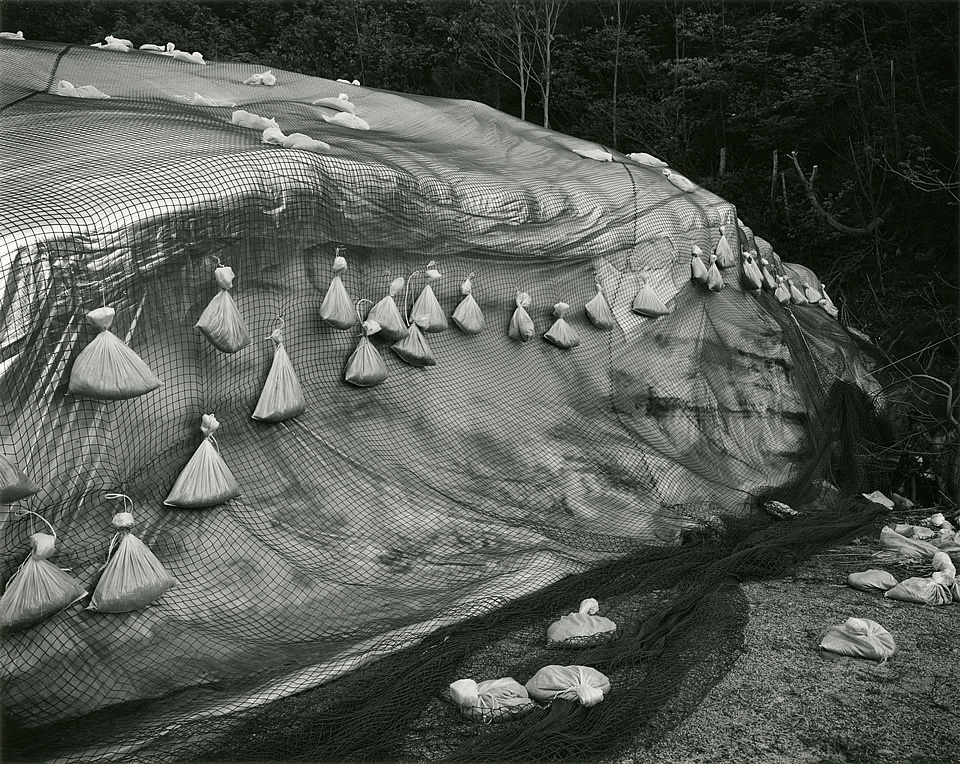
Yunotani Village, Niigata Prefecture 1989 © TOSHIO SHIBATA
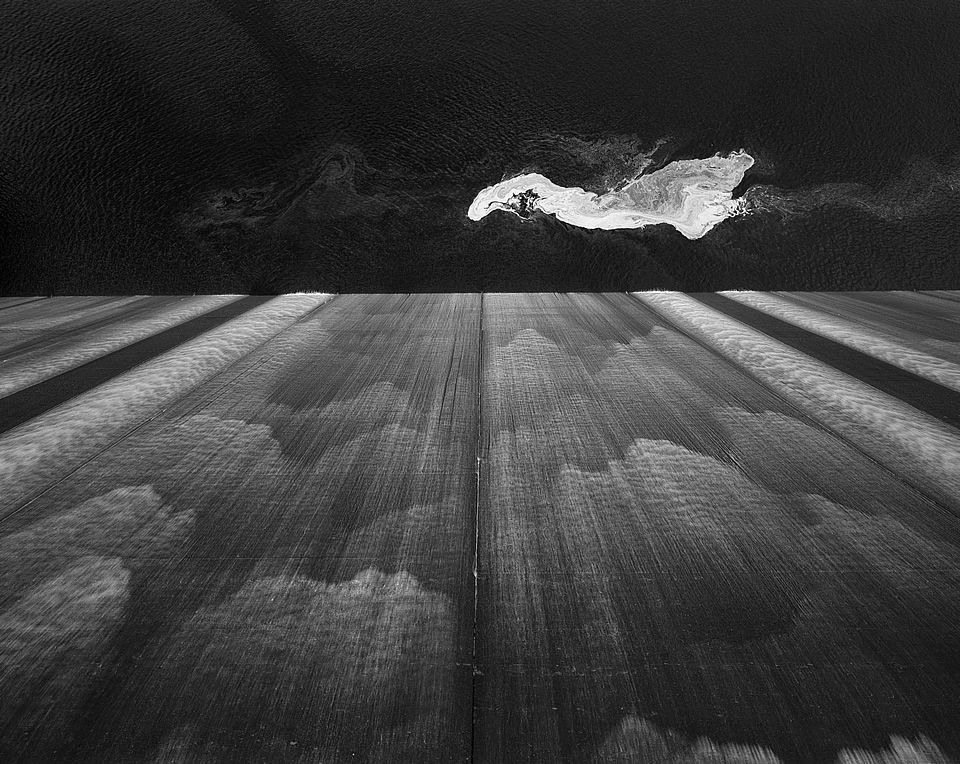
Grand Coulee Dam, Douglas County, WA 1996 © TOSHIO SHIBATA
Young people experience a lot of firsts when they encounter things in the world, and they often believe these things are new and novel. But if you go to art museums or know a little about history, you would be able to tell between what is really new and what is just a rehash of things already in existence. At the same time, you need to take a hard look at what you are doing and what is going on inside you. Doing so enables you to uncover areas that distinguish you from other people, areas not gained through knowledge. I had the humbling experience, after trying to rely on knowledge to fashion my own works, of discovering I was no match for the many people in the world smarter and more knowledgeable than me [laughs]. Conversely, the opinions you hold and your feelings about things are uniquely yours, so I would advise people to pursue what sets them apart from others.

Okawa Village, Kochi Prefecture 2007 © TOSHIO SHIBATA
If we take landscape photography for example, they say there is nowhere in the world where people have not visited. Assuming that is true, but knowing every individual has a different approach to taking photographs, something different will emerge in your photos even if you go to places people have been to before, as long as your ideas about that place are different. So you can always find new ways to take photographs, even of the most commonplace things, without necessarily going to places where humans have never set foot. If you regard photography, the medium, as linked to ideas about creative expression, then I think there is no end to the possibilities.

Nikko City, Tochigi Prefecture 2013 © TOSHIO SHIBATA
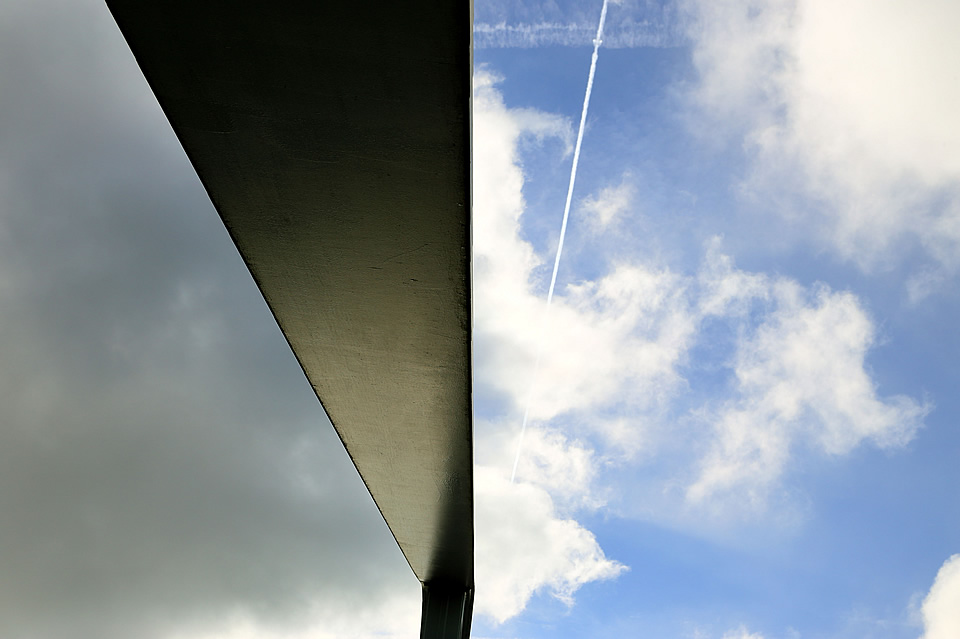
Second Scheldt Bridge, Temse, Belgium, 2013 © TOSHIO SHIBATA
Born in Tokyo in 1949, he completed a master’s degree in oil painting at the Tokyo National University of Fine Art and Music, and then entered the photography department at the Royal Academy in Ghent, Belgium, where he began to engage in photography in earnest. Shibata received the 17th Ihei Kimura Prize in 1992 for his exhibition Nihon Tenkei [Japanese Patterns], featuring photographs of dams, concrete retaining walls, and other structures around Japan taken with a large-format camera and presented on meticulous monochrome prints. In the same year, he was selected to exhibit at the New York Museum of Modern Art’s New Photography 8 exhibition, and in 1997 he held Toshio Shibata, a solo exhibition, at the Museum of Contemporary Art Chicago, which launched his career in the United States and on the international stage. He began incorporating color into his works in the 2000s, further expanding the range of his creative expressions. Shibata held the Landscape —Toshio Shibata exhibition at the Tokyo Metropolitan Museum of Photography in 2008, and in the following year he received a Lifetime Achievement Award from the Photographic Society of Japan and the Domestic Photographer Award at the 25th Higashikawa International Photo Festival. Recent major exhibitions include Given Forms: Toeko Tatsuno and Toshio Shibata (2012 at the National Art Center, Tokyo) and Toshio Shibata: Constructed Landscape (2013 at the Peabody Essex Museum in Salem, Massachusetts). His works have been collected by many art museums around the world, including the National Museum of Modern Art, Tokyo, the National Museum of Art, Osaka, the Museum of Modern Art, New York, the Metropolitan Museum of Art, New York, and the Musée National d’Art Moderne, Paris.